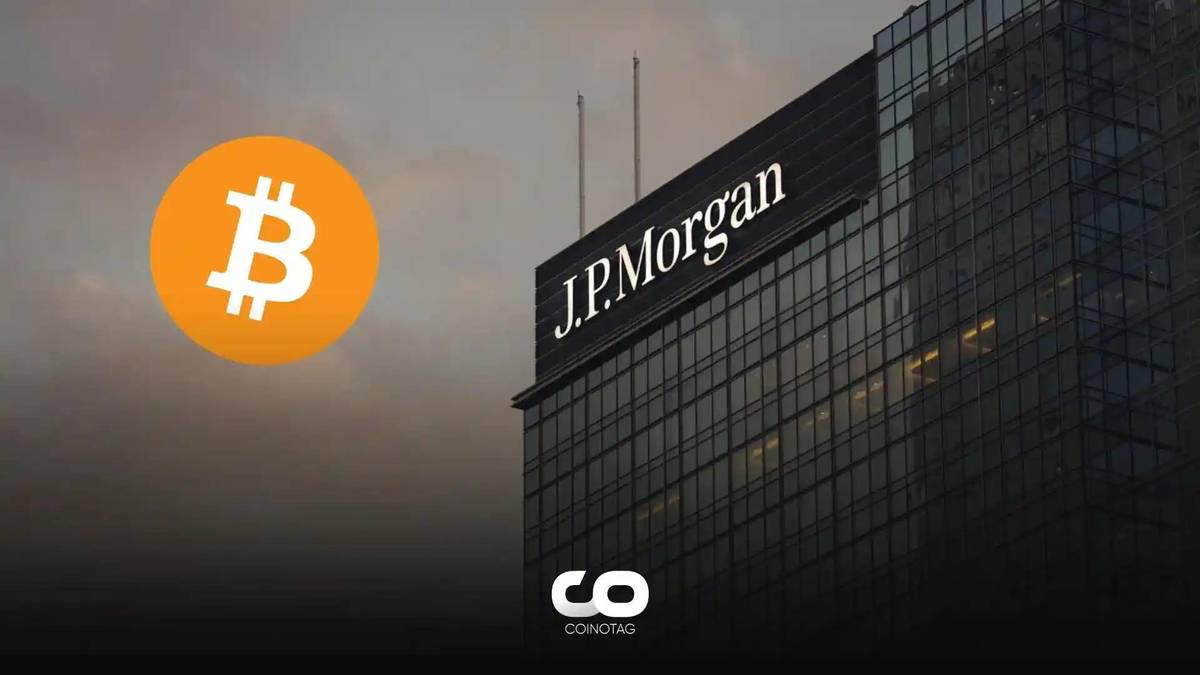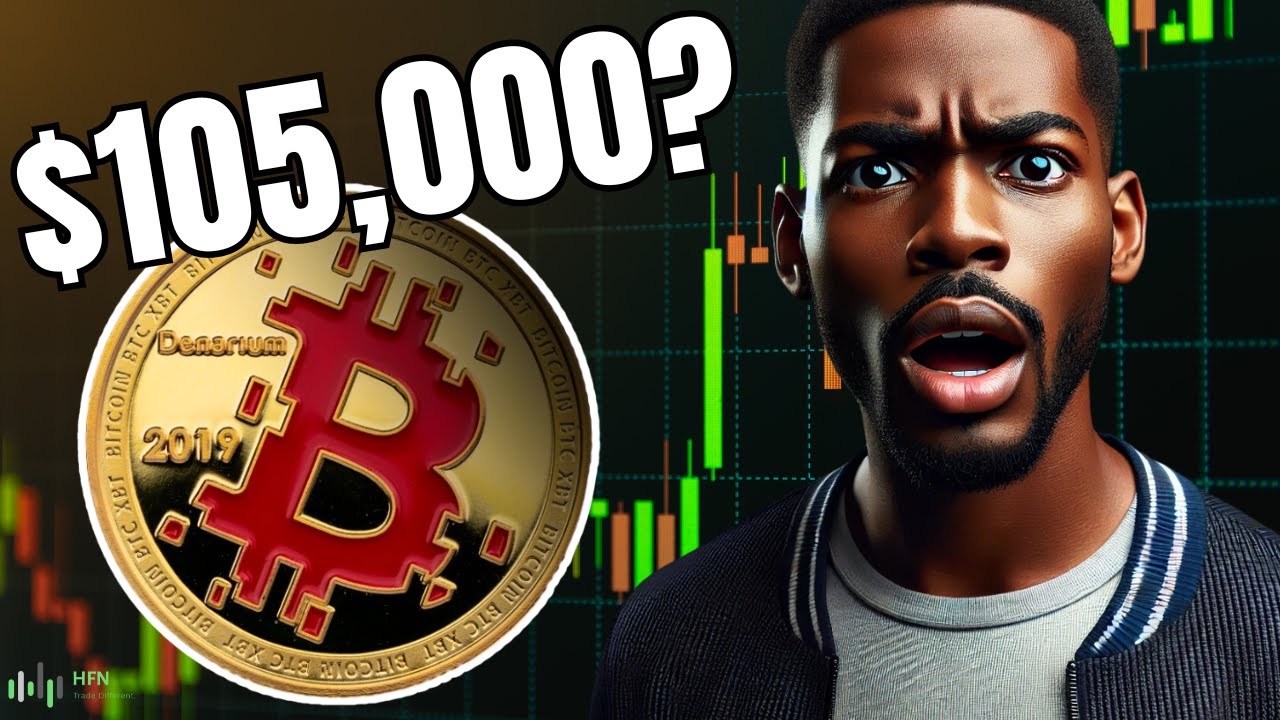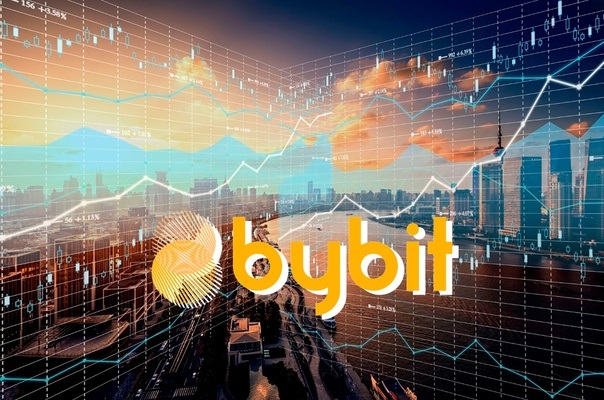JPMorgan Announces $15 Billion ETF Expectation for Solana and XRP.

JPMorgan Announces $15 Billion: In a recent announcement, banking giant JPMorgan revealed its bullish outlook for exchange-traded products (ETPs) linked to Solana (SOL) and XRP, predicting a combined inflow of approximately $15 billion within a year. This forecast reflects the growing confidence and interest in these two prominent cryptocurrencies and their potential to attract significant institutional investments Blockchain Technology: Revolutionizing the Digital World.
The Potential of Solana and XRP ETFs
JPMorgan’s projection is grounded in the impressive performance of Bitcoin and Ether ETFs, which have seen significant asset accumulation since their respective launches. Bitcoin ETFs amassed around $108 billion in assets within their first year, representing about 6% of Bitcoin’s total market cap. Similarly, Ether ETFs reached approximately $12 billion in assets, accounting for about 3% of Ether’s market cap after six months.
Applying similar adoption rates, JPMorgan estimates that Solana and XRP ETFs could attract inflows of $3-8 billion each. This projection underscores the strong potential these cryptocurrencies hold in the eyes of institutional investors and highlights the expanding role of digital assets in mainstream finance.
Market Reaction and Investor Confidence

Following the announcement, both Solana and XRP experienced positive price movements, with Solana’s price rising by 6.55% and XRP’s price increasing by over 7%. This surge in prices reflects growing investor confidence and anticipation of the potential benefits that ETFs could bring to these cryptocurrencies. The introduction of Solana and XRP ETFs is expected to provide easier and more regulated access for institutional and retail investors alike. This increased accessibility could further drive demand and adoption, leading to sustained price growth and stability.
Challenges and Regulatory Hurdles
Despite the optimistic forecast, Solana and XRP face regulatory challenges that could impact the approval and performance of their ETFs. The U.S. Securities and Exchange Commission (SEC) has previously rejected proposals for Solana ETFs, citing concerns over market manipulation and investor protection.
Additionally, Ripple Labs, the company behind XRP, continues to navigate legal disputes over whether XRP qualifies as a security. These legal challenges have created uncertainty around the regulatory status of XRP, which could influence the approval process for its ETF.
However, analysts remain hopeful that a more favorable regulatory environment under a new administration could pave the way for these ETFs. The ongoing dialogue between regulators and the crypto industry is expected to address key concerns and establish a clearer framework for the approval of new financial products.
Conclusion
JPMorgan’s announcement highlights the growing interest and potential for Solana and XRP in the ETF market. While regulatory hurdles remain, the positive market reaction and strong fundamentals of these cryptocurrencies suggest a promising future. As the crypto industry continues to evolve, the successful launch and adoption of Solana and XRP ETFs could mark a significant milestone in the integration of digital assets into mainstream finance.
Investors and enthusiasts will be closely watching the developments in the coming months, anticipating further growth and opportunities. The introduction of ETFs could not only provide a new avenue for investment but also contribute to the overall maturation and stabilization of the crypto market.
[sp_easyaccordion id=”4243″]




